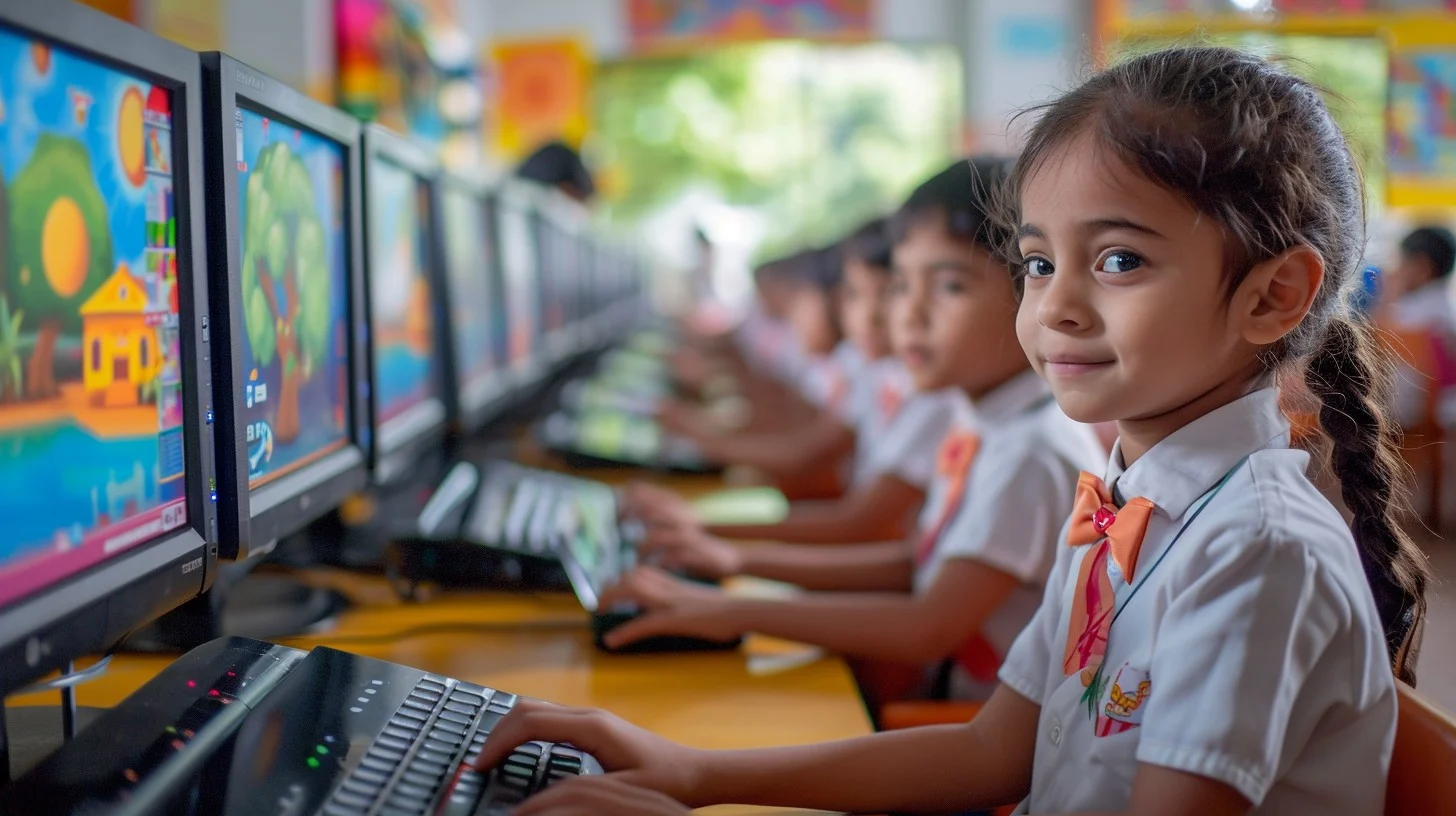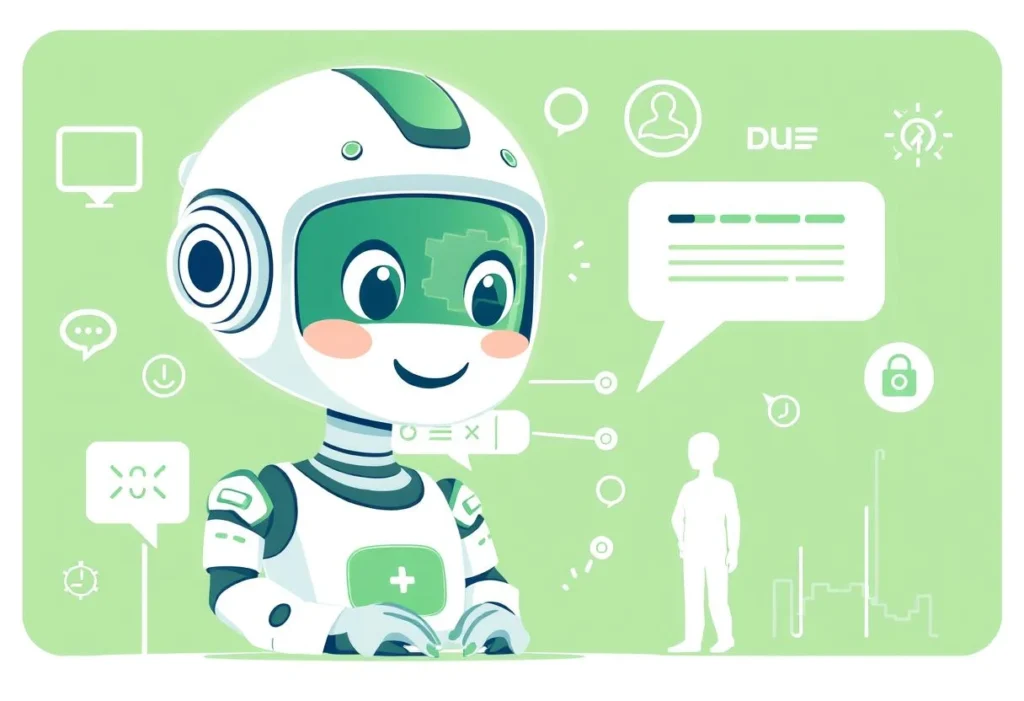Can you imagine a world without digital devices, video lessons, or online classrooms? Just a few decades ago, education meant chalkboards, textbooks, and endless handwritten notes. Today, technology has revolutionized every corner of learning—unlocking opportunities, boosting engagement, and changing how knowledge is shared across the globe. But how has the journey unfolded, and what does it mean for students and educators today? In this article, we dive into the fascinating “then vs. now” story of technology’s impact on education.
The Traditional Classroom: Foundations of Learning
In the past, classrooms were defined by their physical limitations. Students would gather in one place, guided by a single teacher, following a fixed curriculum. Chalk and blackboards were the main teaching tools. The pace of learning was dictated by the teacher, and assessment methods were standardized. Information was often confined to heavy textbooks and school libraries.
Communication between teachers and students after class hours was rare, and parental involvement depended on occasional meetings. Learning largely revolved around memorization and repetitive practice. For many, access to quality education was limited by geography, resources, or socio-economic background.
The Dawn of Educational Technology
The introduction of educational television, radio, and later, overhead projectors brought a shift. These tools allowed for more dynamic presentations and demonstrated the first hints of multimedia learning. Still, the experience remained largely teacher-centered.
Personal computers arrived in classrooms during the 1980s and 1990s, kick-starting a second wave of change. Students began using word processors for essays, educational games for math, and CD-ROM encyclopedias for research. Teachers started integrating slides, early e-books, and even simple programming into lessons.
The Digital Revolution: Education Goes Online
With the rise of the internet, technology in education entered a new era. Suddenly, students could access vast online resources, from scientific articles to video tutorials. Learning was no longer restricted to the classroom or school hours. Popular search engines, educational websites, and online forums made information readily available.
E-learning platforms emerged, offering self-paced courses and interactive lessons. Video conferencing tools paved the way for virtual classrooms. Students could connect with peers or teachers around the world in real time, participating in discussions or collaborating on group projects.
Mobile devices and educational apps made learning even more flexible. You could revise vocabulary on your phone while commuting or attend a Zoom seminar from your living room. The boundaries of education expanded, and personalized learning paths became possible, tailored to each student’s strengths and needs.
Bridging Distances and Breaking Barriers
One of technology’s greatest contributions has been breaking down barriers. Geography no longer limits learning opportunities. Students in remote or under-resourced areas can access world-class lectures and digital libraries. Online courses from top universities are now just a click away, making lifelong learning a realistic option for everyone.
Additionally, digital tools have made education more inclusive. Assistive technologies—like speech-to-text software, audiobooks, and screen readers—support students with disabilities, helping to create an environment where every learner has a chance to thrive.
Engaging and Empowering Students
Modern technology in schools goes far beyond just digitizing textbooks. Interactive whiteboards, virtual labs, and gamified learning modules encourage active participation. Rather than passively receiving information, students now explore topics through simulations, quizzes, and project-based activities.
Collaboration is easier, too. Tools like Google Workspace, Microsoft Teams, and cloud-based platforms make teamwork seamless, regardless of distance. Students share documents, brainstorm ideas, and provide feedback in ways that foster creativity and critical thinking.
The Role of Teachers: From Instructors to Facilitators
Technology has also transformed the teacher’s role. Educators now act as facilitators or guides, focusing on mentoring and supporting students rather than just delivering information. They curate digital content, design blended learning experiences, and use analytics to monitor progress and personalize lessons.
Professional development opportunities for teachers have multiplied, with webinars, online training modules, and educator communities ensuring that teachers stay ahead of the curve. Sharing lesson plans, resources, and innovative strategies online has fostered a global sense of collaboration.
Assessments and Feedback: Instant and Personalized
Gone are the days of waiting weeks for exam results. Online assessments deliver instant feedback, helping students understand their strengths and areas for improvement right away. Adaptive quizzes adjust to each learner’s level, ensuring that every student is appropriately challenged.
Teachers harness data from digital assessments to tailor instruction, address gaps, and celebrate achievements—all in real time. This shift has encouraged a growth mindset and continuous learning.
Technology’s Impact Outside the Classroom
Today, learning does not stop when the final bell rings. Educational podcasts, YouTube tutorials, and interactive e-books let students explore topics at their own pace. Parent-teacher communication is now streamlined through school apps and messaging platforms, keeping families informed and engaged.
Moreover, education technology prepares students for the future. Coding, digital literacy, online research skills, and awareness of safe internet use form part of modern curriculums—skills essential for success in a rapidly changing world.
Challenges and Considerations
Despite these advances, integrating technology into education brings challenges. The digital divide—where some students lack reliable internet access or devices—can widen inequality if not addressed. Schools must balance screen time with offline activities to ensure student well-being.
Teachers face the challenge of staying updated with new tools while maintaining personal connections with students. Online safety and data privacy are important concerns for families and educators alike.
Looking Ahead: The Future of Technology in Education
As artificial intelligence, virtual reality, and immersive learning environments become more accessible, the potential for further transformation is immense. Imagine virtual field trips to outer space, AI tutors providing custom help, or global classrooms where cultural exchange happens every day.
Continuous innovation and investment are key. Policymakers, educators, and tech developers must work together to ensure equitable access, digital literacy, and ethical use of technology in learning.
Conclusion
The story of technology’s impact on education is one of remarkable transformation. From chalkboards to smartboards, and from local classrooms to global networks, technology has reshaped what, how, and where we learn. The future promises even greater possibilities for engagement, inclusivity, and success.
Ready to embrace the future of learning? Stay curious, keep exploring, and make technology your partner in education. Share your thoughts or experiences in the comments below and help shape the conversation about the next big leap in learning!






